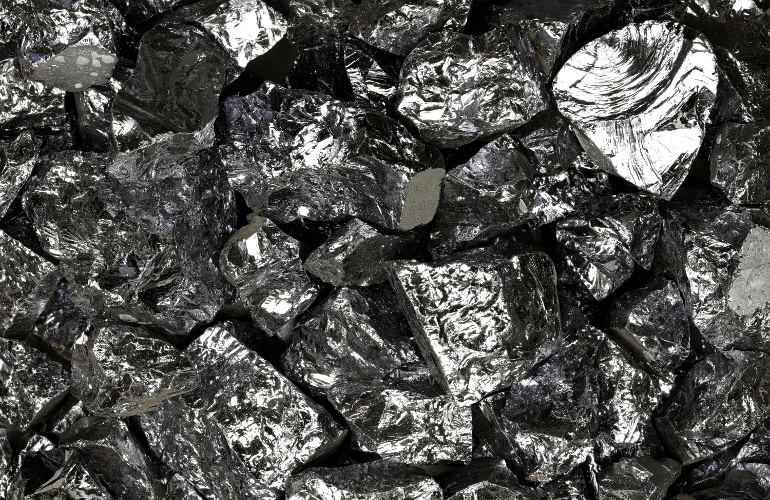Polysilicon. Adobe Stock
The Office of the United States Trade Representative (USTR) today announced final modifications concerning the statutory review of the tariff actions in the Section 301 investigation of the People’s Republic of China’s (PRC) Acts, Policies, and Practices Related to Technology Transfer, Intellectual Property and Innovation.
The proposed modifications announced in May 2024 were largely adopted, with several updates to strengthen the actions to protect American businesses and workers from China’s unfair trade practices following the review of more than 1,100 comments from the public.
“Today’s finalized tariff increases will target the harmful policies and practices of the People’s Republic of China that continue to impact American workers and businesses,” said Ambassador Katherine Tai. “These actions underscore the Biden-Harris Administration’s commitment to standing up for American workers and businesses in the face of unfair trade practices.”
The updates improve the effectiveness of the tariff actions in achieving the objectives of the investigation, while considering other actions that could be taken and the overall effects of the tariff actions on the U.S. economy.
These updates do not reflect further consideration or alteration of the review’s finding that, while the PRC had changed some specific unfair measures, the PRC’s harmful forced technology transfer practices — in particular its cyber theft and industrial espionage — have continued, and in some instances, worsened. The findings of the four-year review can be found here.
The updates in today’s announcement include new timing and rates for tariffs on face masks, medical gloves, needles, and syringes; an exclusion for enteral syringes; a proposal regarding coverage of additional tungsten, wafers, and polysilicon tariff lines; an exclusion for ship-to-shore cranes ordered prior to May 14, 2024; an expansion of the scope of the machinery exclusions process to include five additional tariff lines; and modification of the coverage of proposed exclusions for solar manufacturing equipment.

 Information on the revisions to modifications are detailed in USTR’s Federal Register Notice, which is available here.
Information on the revisions to modifications are detailed in USTR’s Federal Register Notice, which is available here.
USTR expects to launch the machinery exclusions process soon, as well as the comment period for proposed modifications of tariff rates on certain tungsten, wafers and polysilicon tariff lines.
The U.S. solar manufacturer group SEMA praised the actions.
“This is an important step in aligning U.S. industrial policy and the goals of the IRA with U.S. trade policy. Both an increase in tariffs on China’s solar component exports and temporary tariff relief for certain solar equipment will boost U.S. manufacturing and send an important signal to China. The provided and suggested tariff increases on solar components from China will, in USTR’s words: defend the United States against China’s policy-driven non-market excess capacity, which has led to extreme concentration of production in China and underpriced exports,” said Mike Carr, executive director of the SEMA coalition, in a press statement.
“Dollars saved in retroactive equipment exclusions will help U.S. solar manufacturers confront the challenges of market manipulation from China,” he continued. “U.S.-owned companies were the first movers when it came to building solar manufacturing factories in the U.S. and should be rewarded for taking that first step as we restore the entire supply chain.”

